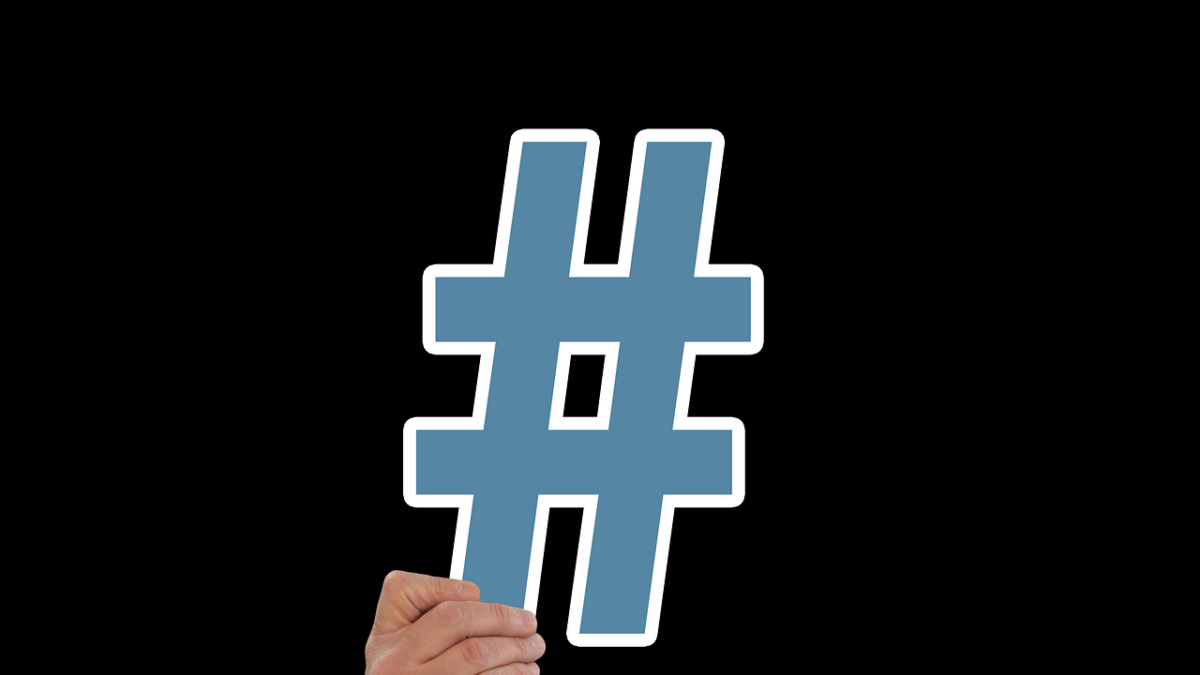
Time Limits for Personal Injury Cases
November 25, 2023
Know Your Rights: A Legal Toolkit for Student Activists
November 25, 2023In the vibrant landscape of social media, trademarks have transcended traditional boundaries, becoming vital in shaping a brand’s identity and consumer interactions.
Instagram, a platform where visual content reigns supreme, sees hashtags not just as a tool but as a necessity for brand communication and audience engagement. In fact, posts that include at least one hashtag gain 12.6% more engagement than those without. This statistic underscores the power of hashtags in amplifying a brand’s message and their potential impact on a brand’s reach.
However, with this increased visibility comes the risk of trademark infringement through hashtag misuse. It’s essential for brands to understand this risk and the steps they can take to safeguard their digital presence. As we navigate the intersection of hashtags and trademark law, let’s explore the proactive measures your brand can implement to protect the integrity of its identity in the vast and ever-changing world of social media.
Can You Actually Trademark a Hashtag?
Hashtags are vital for brand marketing. As digital spaces mature legally, hashtags that mirror a brand’s promotion efforts can now secure trademark law protections, similar to conventional trademarks, safeguarding against consumer confusion.
On platforms such as Instagram, for instance, they can be trademarked if they uniquely identify a brand’s goods or services. Registering a hashtag helps avoid consumer confusion and upholds brand integrity.
Beyond trademarking, actively monitoring hashtag use is essential. It provides insights into performance and misuse, ensuring the hashtag remains a distinct marker of the brand’s identity.
Since unique hashtags that capture a brand’s essence are now trademarkable, they present a modern twist in branding. They bridge the gap between trademark registration and everyday use on social media.
To develop such signature tags, your brand can tap into specialized tools that generate Instagram hashtags, which serve multiple purposes. These tools not only help in creating distinctive hashtags but also offer valuable analytics, revealing which are popular, their daily usage, and related hashtags. This data is important for your brand aiming to stand out and resonate with its audience.
Common Types of Hashtag Misuse
Hashtag misuse can manifest in various forms. Competitors might use a brand’s hashtags to divert traffic to their own products or services, diluting the brand’s presence and confusing consumers.
Another infringement type is hashtag hijacking, where users take over a branded hashtag for unrelated or negative content. This not only distorts the message a brand wishes to convey but can also lead to damage to the brand’s reputation and consumer trust.
Taking Action Against Infringement
Upon detecting an infringement, swift action is essential. Brands should first verify the infringement’s extent and then engage with the infringing party. A cease and desist letter can usually settle the dispute.
If that doesn’t work, legal action may be required. This could range from filing a complaint with the social media platform to pursuing formal legal proceedings. Employing DMCA takedowns is another effective method if the infringement involves copyrighted material.
Preventing Hashtag Infringement Proactively
A proactive stance often prevents the hassle of dealing with infringement after the fact. Brands should educate their customers on how to use their hashtags correctly. Where possible, registering a hashtag as a trademark can offer legal grounding for any future disputes. Establishing clear social media policies and guidelines is also beneficial in preventing misuse by defining proper hashtag usage related to the brand.
Engaging With Your Community to Protect Your Brand
A brand’s community is its first line of defense against hashtag misuse. Encouraging customers and followers to report unauthorized uses can help in monitoring efforts. Moreover, consistently fostering a positive online presence helps cement a loyal community that values and respects your trademark.
This not only helps in building a loyal community but also makes it easier to manage potential misuse, whether to handle it in public or through private channels. This collaborative approach can prove invaluable, as it distributes the responsibility of protection across a wider network, ensuring that your brand remains clean and that its hashtags are used in the manner you intended.
Conclusion
In conclusion, as social media continues to be a bustling hub for brand interaction, the proper use of hashtags is not only a strategy for engagement but also a crucial component of brand protection. The reality is that with great visibility comes great responsibility. Brands must be proactive in safeguarding their trademarks in the digital space, where a hashtag can become both an asset and a liability.
Through diligent monitoring, prompt action against infringements, proactive prevention, and community engagement, brands can navigate the complexities of social media with confidence. It’s about striking a balance between leveraging the power of hashtags to build your brand and protecting the value that you’ve already created. The digital space is your arena; guard it well.



